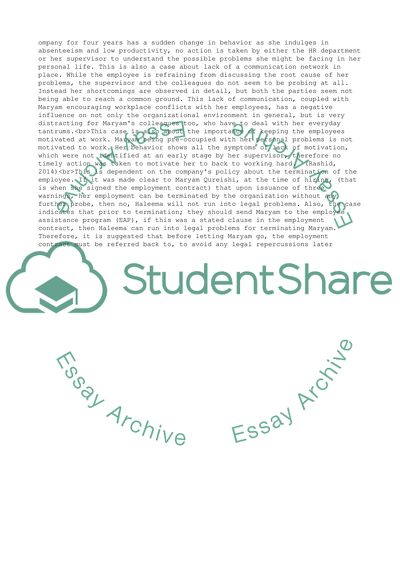Cite this document
(“Role of haraam practices on behavior and performance of employees: a Case Study”, n.d.)
Retrieved from https://studentshare.org/management/1672917-role-of-haraam-practices-on-behavior-and-performance-of-employees-a-case-organizational-behavior
Retrieved from https://studentshare.org/management/1672917-role-of-haraam-practices-on-behavior-and-performance-of-employees-a-case-organizational-behavior
(Role of Haraam Practices on Behavior and Performance of Employees: A Case Study)
https://studentshare.org/management/1672917-role-of-haraam-practices-on-behavior-and-performance-of-employees-a-case-organizational-behavior.
https://studentshare.org/management/1672917-role-of-haraam-practices-on-behavior-and-performance-of-employees-a-case-organizational-behavior.
“Role of Haraam Practices on Behavior and Performance of Employees: A Case Study”, n.d. https://studentshare.org/management/1672917-role-of-haraam-practices-on-behavior-and-performance-of-employees-a-case-organizational-behavior.


